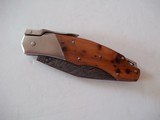 |
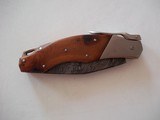 |
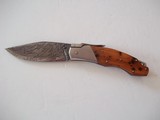 |
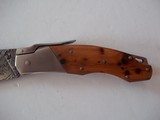 |
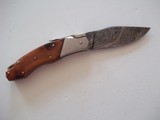 |
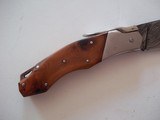 |
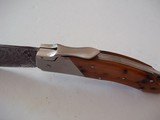 |
 |
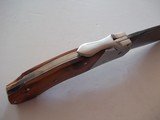 |
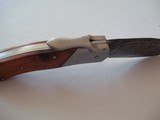 |
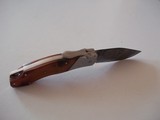 |
 |
 |
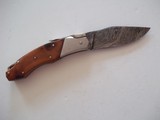 |
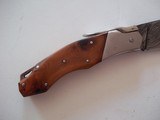 |

Ristigouche 1760 Bois d'If folding knife: Unique "palanquille" knife system dating from the 18th century, France-Astonishing Piece!
Guns International #: 101988680 Seller's Inventory #:
Category: Knives - Custom - Knives
Seller's Information
When emailing or calling sellers direct, please mention that you saw their listing on GunsInternational.com
Seller: Sapajou
Member Since: 5/22/13
First Name: dominique
State: New York
Country: United States
Number of Active Listings: 9
Total Number of Listings: 922
Seller: Private Seller
Return Policy: 3 day inspection and return policy on used guns.
FREE SHIPPING U.S.A. ONLY!
Payment Types Accepted: USPS Money Order-personal check ( needs to clear first )
Description:
Ristigouche 1760 to commemorate the famous Battle the Engish: Spectacular folding knife from France's newcommer, Bois d'If: Unique" Palanquille " folding knife system dating back to the 18th century, high-grade explosion Damascus blade 4mm thick and 100mm cutting edge, total length of 240mm open and 135mm closed. Spring, bolster, palanquille and plates in Z20C13 steel, scales in Yew wood (around 1000 years old) from the Ecouves forest, France. There isn't a single US knifemaker that does knives with this kind of opening/closing today. All 100% handmade, ven the spings are made by the maker!.
The battle
Only Le Machault, Le Bienfaisant and Le Marquis-de-Malauze found themselves in the Gulf of St. Lawrence on May 15, 1760.The strategy
Having learned that British ships had preceded him, La Giraudais, commander of the expedition, decided to take refuge at the head of Chaleur Bay, out of reach of the British ships.On May 18, he anchored the flotilla in the estuary of the Restigouche River..At that time, the small town of Restigouche had Acadian refugees and some 150 Micmac families. The arrival of the French ships is providential for this population reduced to famine. Fed and armed by the French, she prepares to fight with them.During this time...The British dispatch from Louisbourg a squadron of five warships commanded by Captain Byron
On June 22, the French flotilla found itself stranded at the bottom of Chaleur Bay. Faced with British superiority, La Giraudais retreated inland. He hoped that the British vessels, with their deep draft, would not be able to enter the channel giving access to the estuary.
A cannon battery is also installed on the north shore of the Restigouche River. The Machault is kept in the channel, behind a barrage of schooners that the captain has scuttled to obstruct the passage.
The clash
After several days of attempts to find the main channel, the British succeeded, on July 3, in clearing their way. The Machault must fall back upstream. The confrontation that follows lasts several days, and the battle is punctuated by many reversals. On July 8, faced with the inevitable, Commander La Giraudais scuttled Le Machault and Le Bienfaisant in order to prevent the British from seizing food and ammunition. Without the presence of prisoners in its holds, Le Marquis-de-Malauze would have suffered the same fate.
The end of hopes
The long-awaited rescuers now lie at the bottom of the river. Deprived of reinforcements and supplies, New France capitulated in Montreal on September 8, 1760.
The news did not reach Restigouche until October 23. Six days later, the small garrison surrendered.
It is therefore here that the fate of New France was sealed in 1760.
SOLD